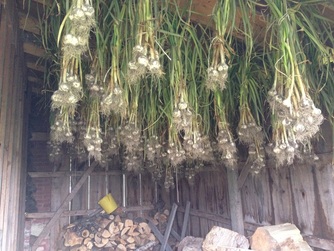 This past week, on a beautiful sunny day, we spent our time harvesting, bundling, and hanging all our garlic to cure. As this is our first year growing garlic, it was a learning experience for us, but everything went smoothly and we now have many bundles of fragrant garlic hanging in our wood shed. The garlic will take 2 - 4 weeks to cure, and then we will cut off the stalks and store for future use. This means that you can look forward to cured garlic in your shares for September and October. I am already looking forward to next year's garlic crop, as I ordered the seed garlic this week and will be trying some interesting varieties. Prior to growing garlic, I didn't give a lot of thought to the environmental impact of garlic. However, as I have done my research, it has become apparent that growing and eating locally, organically grown garlic is important. Most garlic found in the grocery stores is of one variety and the majority is grown in China using significant amounts of chemicals, including pesticides (like methyl bromide, an ozone depleting substance), whiteners (like chlorine), sprout inhibitors (like gamma radiation), and more. This garlic is then able to be sold at low prices because the wages paid to labourers is lower than many parts of the world. In contrast, our garlic is grown without any of those chemicals (or others), in soil that is amended with organic kelp powder and rock flour, and covered with straw to deter weeds and pests. And it doesn't have to be shipped across the world to be enjoyed! Unfortunately, conventional garlic is not unique in it's environmental impact. Much of our favourite produce has similar origins. You don't want to hear my thoughts on conventional, grocery store tomatoes! Of course, I am "preaching to the choir", as each of you has chosen to support a local farmer and eat sustainably grown produce. Thank-you for making that important choice! On the topic of tomatoes, Rob and I shared the first ripe orange cherry tomato yesterday and it was delicious! This means we can expect tomatoes to start being available to share members shortly. They usually come on slowly and then suddenly, overnight, we are swimming in ripe tomatoes. This week I will be bringing green peppers as part of the share. While I know we all prefer the sweetness and beauty of the colourful, ripe peppers, I need to lighten the load of the pepper plants so that the remaining peppers can ripen. Later in the season we can expect red, orange, and yellow peppers, but for now we will enjoy the green. Share Contents: Head Lettuce Red Onion Beets Green Peppers Swiss Chard Green and Yellow Beans Broccoli OR Eggplant Herbs Pea Shoots SHARE MEMBER CONTEST: Can you guess what you are looking at in the picture below? The first share member to email me with the correct answer will win a jar of honey, when it becomes available in a week or two. Roasted Green and Yellow Beans
Any quantity of beans, ends trimmed Olive Oil Sea Salt Garlic, minced (optional) Preheat oven to 450 degrees. Toss all ingredients, except garlic, in shallow oven dish. Roast for 8 minutes or so, and then add garlic, if using. Toss and roast for another 2 minutes. Remove and serve immediately. This week we have been busy weeding (does this ever stop?!) and scything down early crops like peas so that the beds can be covered with silage tarps. On the recommendation of the well-known market gardener, Jean-Martin Fortier, we are using silage tarps as a means of weed control and soil building. Silage tarps are the giant white or black tarps used to cover silage, which you may commonly see weighted down by tires in farmers' fields. We lay these 40'x100' tarps over several unused beds, which causes the weed seeds underneath to germinate in the hot temperatures and then immediately die due to lack of light. We can then remove the tarp after several weeks and plant into beds that have much less weed pressure. Finding ways to thwart the weeds is something us market gardeners spend significant time thinking about! It is usually about this time in the CSA season that I start to hear share members concerned about using up the produce they receive while it is still fresh. Last year I shared a few tips and instructions for saving some of the common vegetables and I thought I would re-post, with some additions, here: Turnip Have you ever tried lacto-fermenting? Lacto-fermenting is a means of preserving food using beneficial bacteria. Not only does the food last longer, but the benefits to your digestive and immune systems are numerous. This week, I made pickled turnips. To make, place 1/2 red onion, sliced, in the bottom of a mason jar, along with 1 teaspoon of pickling spice. Then fill the rest of the jar with whole or halved raw turnips. Combine 2 cups of non-chlorinated water with 1 tablespoon of sea salt and pour over the turnips so that all are covered. Use a cabbage leaf, folded to hold the vegetables below the brine. Screw a lid on tightly and let sit on a dark part of your kitchen counter for 2 days. After 2 days you will need to 'burp' the container by slightly unscrewing the top and then re-tightening immediately. The turnips will be fermented after 7-10 days and then can be stored in the fridge for up to 12 weeks. Beans Beans will keep for 1—2 weeks in the fridge, if placed in a sealed airtight bag or container. If you can’t use them all, I strongly recommend freezing them. Simply snap off the ends, toss in boiling water for 1 minute, remove and immediately rinse under cold water or dunk in a sink with water and ice cubes. Place into freezer bags and remove the air. I use frozen beans throughout the winter in soups, stews, and casseroles. Beets Beets will keep for many weeks in the fridge, if you remove the greens. To freeze, follow the same directions as for the green beans. Herbs Any fresh herbs you receive can be frozen for later use. The easiest way to freeze herbs is to chop them finely, place a spoonful in each compartment of an ice cube tray, top up with water and freeze. Once frozen, remove from the tray and place in an airtight container in the freezer. These herb cubes are fantastic additions to soups and stews. Simply throw whole cube into the pot. You can also make basil pesto, and freeze in serving size containers. Zucchini There are many ways to use zucchini fresh, but if you can’t use them all, they can be frozen. My preferred way to freeze is to grate and place in a freezer bag. When thawed, the grated zucchini can be used in baking. Greens Greens such as swiss chard, spinach, and kale can be frozen, dehydrated and ground into a greens powder, or used in smoothies whenever you have a surplus. To freeze, simply chop, place in freezer bag, suck the air out using a straw, and seal. These frozen greens can then be thrown directly in soups, stews, or pasta sauce in the winter months. Lettuce Unfortunately, there isn’t much you can do to save lettuce for use later on….but did you know that for optimum health an adult should consume 1lb of greens per day?! 1 large head of lettuce is approximately 1lb., so eat more salads! :) For further ideas, try this recipe generator designed for CSA share members. Share Contents: Head Lettuce Green Garlic Cabbage OR Swiss Chard New Potatoes Baby Carrots Green Beans OR Spinach Pea Shoots Herbs Try this yummy potato and green bean salad this week! Perfect alongside BBQ'd burgers. Since I'm unable to make any recipe without substituting at least one ingredient, I would use fresh dill instead of thyme.
We are starting to enter in to the time of the CSA that I know everyone (including me) looks forward to: the harvest of popular summer vegetables. While I get excited for just about everything as it comes available in our fields, vegetables such as beets, carrots, potatoes, broccoli, beans, and summer squash are some of my favourites. This week, we will see the early versions of some of these items, with more to come in the following weeks. Baby beets and carrots will be options this week and there will be beautiful baby potatoes for everyone! We spent a day uncovering and weeding the broccoli and I am pleased to see many small heads forming. They may only be the size of a toonie, but they will size up quickly and be ready in a week or two. The cucumber plants are looking fabulous and I see many teeny, tiny cucumbers that will be available in a few weeks. We are seeing some cucumber beetles, which feast on the leaves, but so far, some moderate hand picking seems to be keeping the damage at bay. As a test, I harvested some baby potatoes earlier this week. Aren't these little gems beautiful?!
Green Garlic
You will notice that Green Garlic is one of the items in the share this week. Green garlic is simply freshly harvested garlic bulbs that have not been cured. They will have a fresh, light flavour and can be used in the exact same way as cured garlic (which will be coming in a few weeks). Since the bulbs are not cured, green garlic should be used within a week or two, but can remain on your counter-top because refrigeration will dull the flavour.  Here's an introduction from our intern, Ian. You will soon have the opportunity to meet him at one of our CSA pickups... All the way from the land of the morning calm (South Korea) is a long way to come to learn the ropes of a market garden but that's where I am coming from. I was born not too far from here but up until March of this year and since June 2004 I was living as a Seoulite. It was a fabulous experience but city life and sitting behind a desk 8-9 hours/day was becoming less and less appealing year on year, Oh, I had a nice little rooftop garden to give me a taste (quite literally) of the good life and good food but I was dreaming of greener pastures for years.
Week 3 Share Contents: I have been asked to include a list with the share contents for the week in the newsletter, so I will start that practice this week. I won't include the contents of the trade-in bin, but otherwise will list the share contents.
Over the next 2 - 3 weeks you should start seeing exciting produce like: baby potatoes, green beans, beets, summer squash, broccoli, basil, and carrots. Then the tomatoes, peppers, and eggplant won't be far behind! For a delicious sounding Hakuri turnip recipe, check out this link: http://noteatingoutinny.com/2012/06/06/roasted-haruki-turnips-with-israeli-couscous-salad/
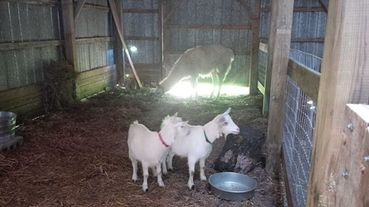 Now that the first share pickup of the 2014 season is under my belt, I feel like I can breathe a sigh of relief. There is an anxious anticipation that comes with the first pickup as I wonder if I will remember what to do and how to do it. Luckily, my memory served me well and everything went smoothly! This week has been similar to last, with most of our time spent weeding and maintaining the crops. I had been noticing some damage on some plants (swiss chard and basil) that was a bit mysterious, but I've decided it's a result of wind damage. Our farm is located in the north of Wellington County and is one of the highest elevations in Ontario (...really! I was surprised too!). This high elevation means two things: first, we are in a 4b growing zone compared to a 5a zone which surrounds us (including Guelph). For non-gardeners, growing zones are based on the number of frost-free days in the years; the higher the number, the more frost-free days there are. The second thing this high elevation means is that we often have high winds. More than disease, insects, water needs, and heat, I find the high winds to be the hardest variable to manage. If you ever drive by, don't be surprised to see us wrestling row cover, fighting with tarps, or chasing our hats across the field. To ameliorate the affects of the wind, we have planted a wind break of spruce and popular around the entire 10 acres. We have also planted alley crops of nut trees throughout the hay field. However, trees are not instantaneous in their protection and it will be a few years before we reap the benefits. On the non-vegetable front, we added another two animals to our menagerie this weekend: Thelma and Louise, two Nigerian Dwarf goats. In addition to providing Theo (the Llama) with company, we plan to milk Thelma and Louise for personal use. Although tiny, Nigerian Dwarf goats are excellent milkers and have one of the highest butterfat contents of all dairy goats. Which means their milk is excellent for cheese! And, really, who are we kidding, that's what we really want... A Special Thank-you...An important part of marketing our shares to new members are the personal referrals we receive from existing share members. Thanks to our fabulous members, we received 9 new share members as a direct result of personal referrals! Below are a list of the share members who made these referrals, and the number of members they referred: Melanie S., 4 Laura K., 2 Rich S., 2 Dave B., 1 Thank-you very much, share members! For every share member you referred, you will receive $20 in farm credits. These credits can be used on items like honey, eggs, apples, beeswax candles, and other products we sell. Or, they can be saved until next year and used towards your 2015 share. Please speak to me directly about using these credits. And we can't forget to thank St. James Anglican Church, for the advertising they have done on our behalf. I know numerous members have found us as a result of their advertising. Garlic Scape Pesto2 cups garlic scapes, roughly chopped
1/3 cup cashews 1/3 cup Parmesan cheese, shredded 1/3 cup olive oil 1 lemon, juiced Handful spinach Sea salt and pepper to taste Combine all ingredients in food processor and pulse until mostly smooth. To make this pesto dairy-free, you can substitute 1/3 cup nutritional yeast for the Parmesan cheese. This pesto is delicious tossed on pasta, spread on crackers, or served with fish. |
Archives
February 2020
|
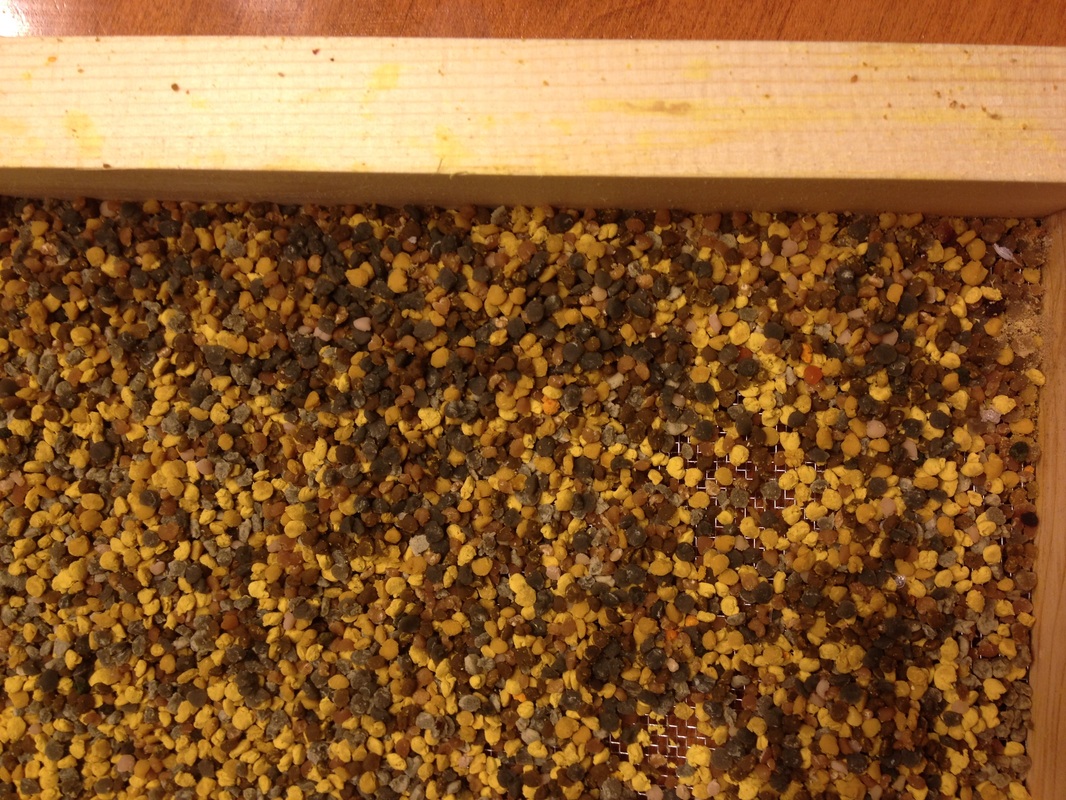
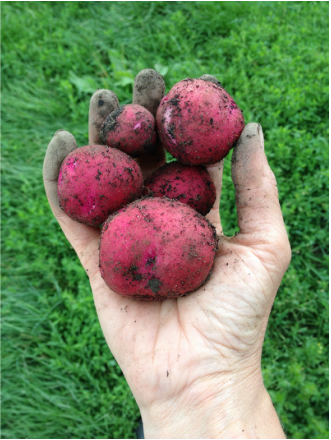
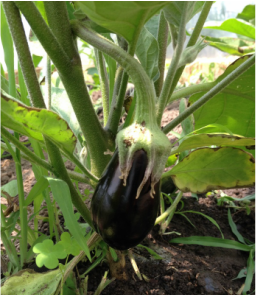
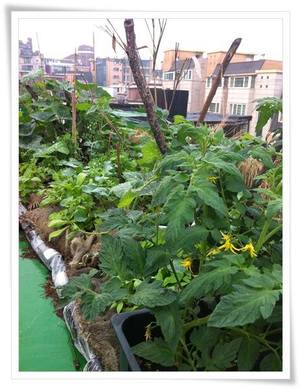
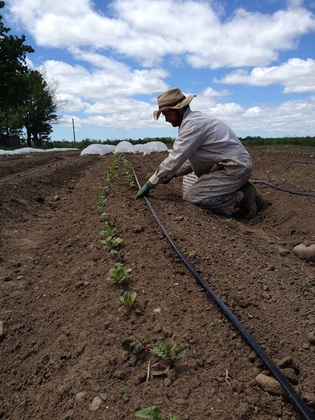
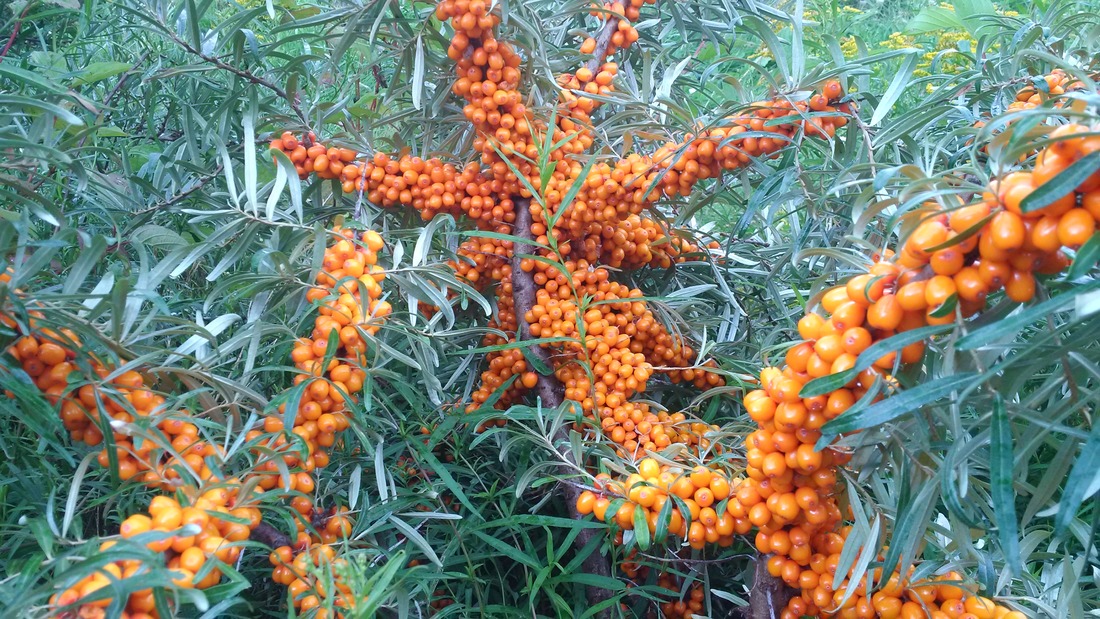
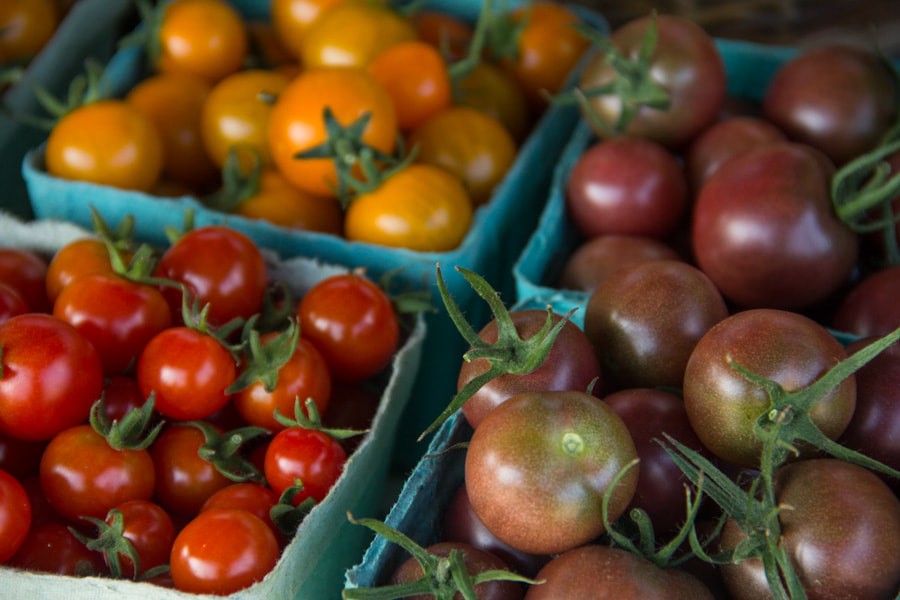
 RSS Feed
RSS Feed